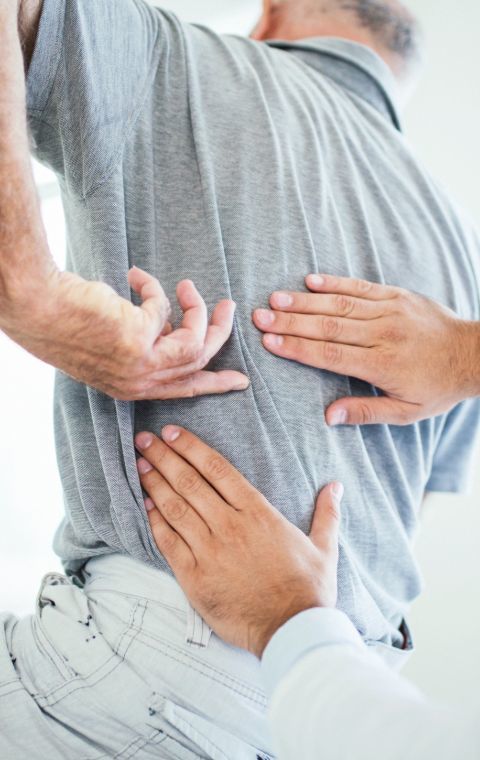
Pain Relief
Pain comes in a variety of forms; that dull headache after a long day in the office, that sharp pain when you stub your toe or an awful toothache that just won’t go away. Some people suffer from pain that is chronic, because of conditions such as arthritis, fibromyalgia and migraine.
But pain, no matter what its source, need not be painful.
What is pain?
Pain is an unpleasant sensation linked to musculoskeletal and tissue damage. Although unpleasant, the feeling of pain has a purpose; it alerts the body to react to prevent further damage. The experience of pain is highly subjective, meaning that we all experience pain differently and this makes the treatment of pain difficult.
How can I treat chronic pain?
Pain is complex – as are the types of pain relief available. There are more types of pain relief available today than ever before, including traditional medication and holistic treatments. Medication, mind-body techniques and other therapies like hypnotherapy are all popular ways of treating chronic pain.
The traditional treatment of days of bed rest is no longer considered the best way to treat chronic pain, a multidimensional approach is best, encompassing exercise, staying at work, physical therapy and painkillers.
Exercise
It is important for exercise to be part of your daily routine. Try to stick to exercise that doesn’t put too much pressure on your body - good examples include; swimming, walking or yoga. Try to make light exercise and stretching a part of your daily routine. The NHS offers a comprehensive list of flexibility exercises to keep your body active.
Physical therapy
Physical therapy (PT) is a popular form of pain relief that focuses on movement usually delivered by a chiropractor, osteopath or physiotherapist. Physical therapies include movement-based activities such as stretching and low impact aerobic exercise.
The highly personalised nature of pain means that those who suffer chronic pain may try a variety of different physical therapies including applying heat/ice packs, ultrasound, electrical muscle stimulation and manual therapy such as massage.
Staying at work
People who stay off work for periods longer than 6 weeks become less active and may become depressed. If you must stay off work for a period of time due to pain, speak with your doctor or physiotherapist on a plan to get back to work as soon as possible.
Often you may be able to start back at work gradually - speak with your employer about creating changes that can accommodate you.
Painkillers
Popular painkillers include tablets which contain paracetamol (brands such as Panadol) and are available to buy over the counter. For stronger pain relief, your pharmacist may recommend you try Nonsteroidal anti-inflammatory drugs (NSAIDs) such as ibuprofen (these are sold under brand names such as Nurofen).
Both paracetamol and NSAIDs are effective pain relievers, particularly in combatting muscle pain, although NSAIDs are far more effective in dealing with inflammation by blocking prostaglandins which convey pain signals to the brain.
All pain medication must be taken as directed, and some people with ongoing medical conditions cannot take NSAIDs.
How can I manage my pain?
If you want to discuss how you can better manage your pain, call into any of our CarePlus pharmacies and talk to our helpful pharmacists.